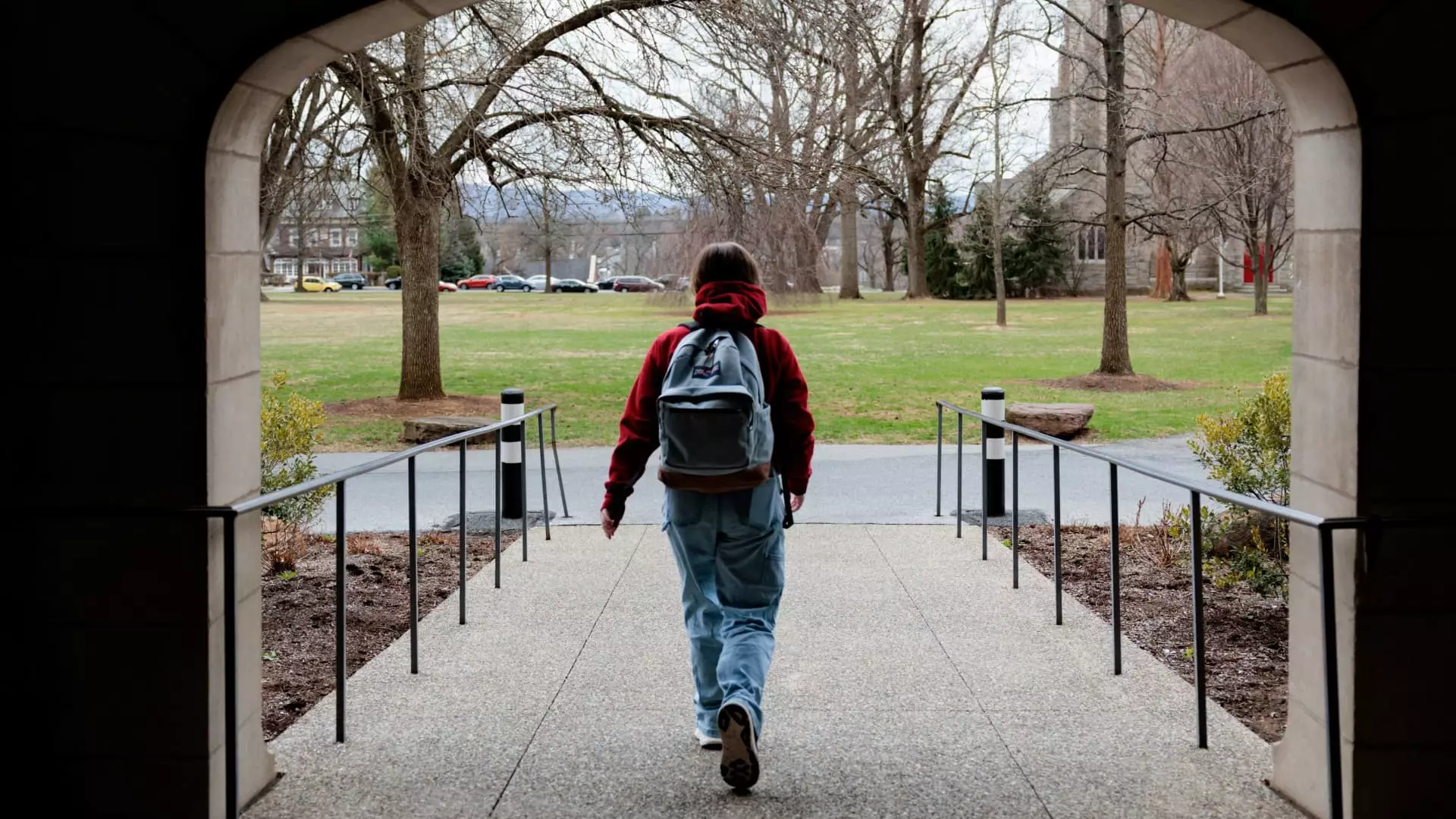In recent months, millions of federal student borrowers have experienced a fleeting illusion of financial respite. The federal government, under the guise of compassionate aid, temporarily paused interest accrual on student loans through the SAVE forbearance program. For many, it seemed like an attainable pathway toward debt relief amid economic uncertainty. However, this illusion is crumbling swiftly, revealing a deeper malaise rooted in systemic failures and political contention. When the forbearance ends, these individuals will see their debts swell anew, due to unpaused interest, exposing the fragility of these short-term solutions. It’s a stark reminder that piecemeal policies are no substitute for a comprehensive overhaul of our higher education financing system.
The Political Intrigue Underpinning the Crisis
The abrupt termination of the interest-free forbearance exposes a dangerous intersection of political ideologies and vested interests. The Biden administration conceptualized the SAVE plan as a groundbreaking, accessible solution, framing it as “the most affordable student loan plan ever.” Yet, it faced relentless opposition from GOP-led lawsuits claiming the plan was illegal. Meanwhile, the Trump administration dismissed the entire initiative as an overreach of authority—arguing that the Education Department lacked the power to halt interest accrual. This political tug-of-war has left borrowers caught in the crossfire, highlighting how partisan disputes often overshadow the real needs of thousands striving to escape debt bondage. Instead of bipartisan cooperation to reform the broken system, we are witnessing unproductive battles that threaten to backpedal progress.
The Inadequacy of Current Solutions
With the expiration of the forbearance, borrowers are left scrambling for alternatives. Presently, only one income-driven repayment plan—the Income-Based Repayment (IBR)—is available to most. While IBR offers some relief by capping monthly payments relative to income, it is an insufficient band-aid for a much deeper wound. Furthermore, the proposed RAP plan, touted by former President Trump as part of his “big beautiful bill,” is still in the pipeline, not yet operational. This leaves borrowers in a limbo, forced to navigate a patchwork of limited options that fail to confront the core issue: the skyrocketing cost of higher education and an exploitive lending system that treats debt as a life sentence rather than a tool for opportunity. The system’s inertia signals a profound failure to prioritize students’ long-term financial well-being.
A Call for Genuine Reform, Not Temporary Relief
What this moment reveals is not merely a temporary policy setback, but an urgent call for transformative change. The current approach—temporary forbearances, limited repayment plans, political tug-of-wars—serves only to perpetuate a cycle of debt and despair. For meaningful progress, we must challenge the foundational costs of higher education, which continue to escalate beyond inflation and wage growth. It’s time for policymakers to embrace a realistic vision: making college accessible and affordable without relying on burdensome loans that trap generations. Structural reforms, such as tuition regulation, increased public funding, and innovative public service loan forgiveness programs, should be prioritized over reactionary measures designed more for political optics than genuine economic justice. Only through bold action will we create a debt system rooted not in predatory capitalism but in fairness and opportunity for all.

